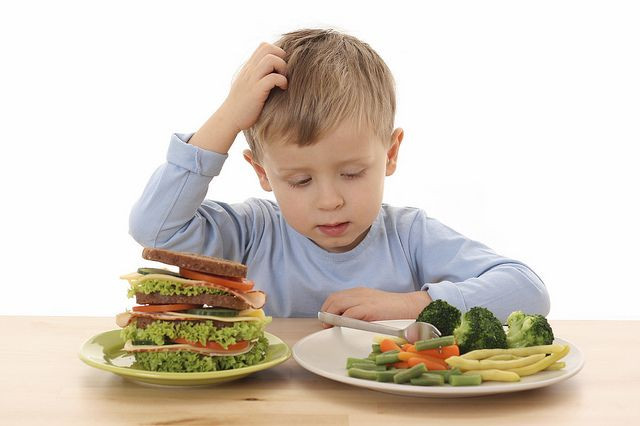How To Keep Kids Eating Healthy In The Summer: USDA Partners With Department Of Education To Provide Free Meals

While the federal government has taken steps to improve the quality of nutrition in public schools by providing free or reduced-priced balanced lunches for millions, what happens over summer vacation is another question entirely.
Once out of the classroom, and without the school cafeteria handing them carrots, peanut butter, and sugar-free juices, children may return to tempting sweetened iced teas, soda, popsicles, and Doritos during the lazy summer months. The Department of Education and the U.S. Department of Agriculture (USDA), however, are hoping to rectify the summer “nutrition gap” by working together and providing nutritious meals to eligible students during the summer, the USDA announced Friday.
Some 21 million kids receive free or low-priced lunches during the school year, and they could be eligible for the summer meals program, which was started to provide healthy meals for low-income students during the summer months. Anyone under the age of 18 living in low-income areas that are approved by the Summer Food Service Program (SFSP) are able to participate to receive nutritious foods when school isn’t in session.
However, only a small fraction of the 21 million students participate in SFSP, with 2.28 million taking part in 2012. The USDA aims to boost that number. “As we approach the summer season, USDA is vigorously preparing to fill the nutrition gap faced by millions of kids across the country,” Aubrey Rowe, administrator at the Food and Nutrition Service of USDA, stated.
According to Dr. Jonathan Brice, Deputy Assistant Secretary in the Office of Elementary and Secondary Education, “the Department of Education believes that summer meals are critical to the success of millions of children across the country.”
The program is rolled out across the states by state education agencies, and is paid for by the USDA, making each meal free for eligible students. Often meals are delivered at a state health or social service department, or else hosted by various organizations or sponsors that are federally approved.
“I’ve been in some places where they’ve operated the program out of a park,” Kevin Concannon, undersecretary for Food, Nutrition and Consumer Services at the USDA, told Masslive.com. “There, a local YMCA was area sponsor and dropped the food off. This can work a number of ways and we just need good partners.”
Food deserts and childhood obesity are hand-in-hand issues that leave America reeling with a serious lack of nutrition problem. In 2012, the USDA made a significant step in improving the quality of school food by creating new rules that revised the school meal standards for the first time in 15 years; these new rules maintained that school lunches should provide the correct portion, more vegetables, fruits, and whole grains, as well as foods with lower sugar, salt, and fat content.
But food deserts remain a problem, especially in the summer months when kids are more likely to be reliant on food provided at home. Food desert is the term for a location that has limited access to fresh foods or supermarkets, especially throughout areas that are low-income, where people don’t have access to cars or transportation. According to the Food Empowerment Project, “People’s choices about what to eat are severely limited by the options available to them and what they can afford — and many food deserts contain an overabundance of fast food chains selling cheap ‘meat’ and dairy-based foods that are high in fat, sugar and salt.” In the summer, it may be even easier for kids to stop by at the neighborhood corner deli that only sells pre-packaged foods like candy and chips.
But Rowe’s view on the matter is optimistic: “With program participation growing in schools nationwide, and now the official backing of the Department of Education, the future of increasing summer meals participants and decreasing food security in America looks more promising than ever,” she said in the press release.



























